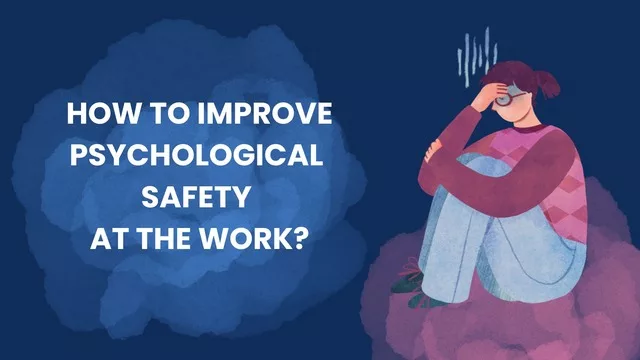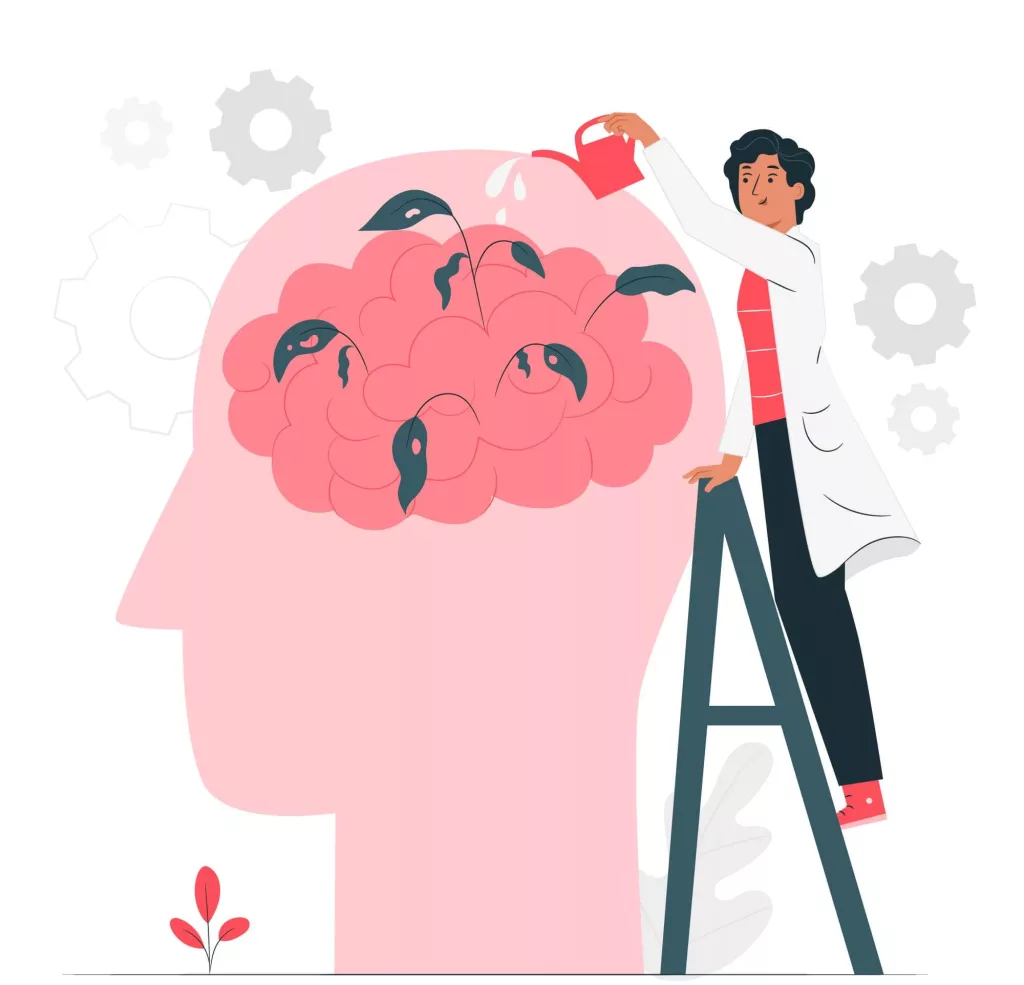In today’s rapidly evolving workplace landscape, creating an environment where employees feel safe, valued, and encouraged to share their thoughts is paramount. This is where the concept of psychological safety comes into play. This article delves into why psychological safety at work matters and provides actionable steps to cultivate it. Throughout the article, we will explore real-life case studies, expert insights, and practical strategies to foster and improve psychological safety at work to improve productivity and growth.
Workplaces that prioritize psychological safety experience higher levels of employee engagement, innovation, and overall success. In such environments, individuals feel comfortable expressing ideas, voicing concerns, and taking calculated risks without fearing negative consequences. This fosters a culture of open communication, collaboration, and continuous improvement. Let’s explore the critical components of psychological safety and how you can establish it within your organization.
What are the 4 types of Psychological Safety?
Psychological safety, as developed by organizational anthropologist Timothy R. Clark, encompasses four distinct types that play integral roles in fostering a positive and productive work environment. Each type contributes to creating a culture where employees feel valued, empowered, and comfortable expressing themselves. Let’s explore these four types of psychological safety in-depth, along with real-life examples that highlight their significance.
1. Inclusion Safety
Inclusion safety revolves around cultivating an environment where individuals can authentically be themselves without apprehension. It involves creating a space where team members know that their unique identities and perspectives will be respected and celebrated. When employees feel accepted for who they are, they’re more likely to contribute their ideas and collaborate openly.
Example: A marketing team encourages diverse viewpoints during brainstorming sessions. By welcoming ideas from team members of different backgrounds, the team fosters an inclusive atmosphere that leads to creative solutions.
2. Learner Safety
Learner safety involves nurturing a culture where questions and curiosity are encouraged. This type of psychological safety allows employees to explore and learn without the fear of being judged for not knowing something. It promotes a growth mindset and supports continuous learning.
Example: An IT department establishes regular knowledge-sharing sessions. Employees feel comfortable asking questions about unfamiliar technologies, leading to a more informed and knowledgeable team.
3. Contributor Safety
Contributor safety empowers team members with autonomy, guidance, and encouragement to make meaningful contributions. This type of psychological safety recognizes and values individuals’ expertise, providing them with the resources and support to excel in their roles.
Example: A software development team assigns projects based on team members’ strengths and interests. This approach ensures that each contributor feels empowered to showcase their skills, resulting in higher job satisfaction and innovation.
4. Challenger Safety
Challenger safety encourages employees to challenge existing norms and provide constructive feedback for improvement. This type of psychological safety fosters a culture of innovation and continuous enhancement by valuing diverse perspectives and promoting open discussions.
Example: A product design team holds regular feedback sessions where team members are encouraged to critique each other’s work. This approach encourages a dynamic exchange of ideas, leading to iterative improvements in the design process.
At its core, psychological safety forms the bedrock of a positive work culture. Consequently, this harmonious atmosphere allows team members to collaborate seamlessly, leading to heightened creativity and effective problem-solving.
Practical Examples of Implementing Psychological Safety for Better Results and Productivity


When employees feel psychologically safe, they are more likely to engage in collaboration, share their ideas, and actively contribute to team discussions. This environment of security fosters trust among team members, promoting healthy interactions and reducing the apprehension of judgment or criticism. Here are some popular examples from some big companies.
Example 1 – Google’s Project Aristotle: A Revelation
The weight of psychological safety is vividly demonstrated through Google’s Project Aristotle. This comprehensive initiative set out to uncover the elements that drive successful teams. Surprisingly, it wasn’t the exceptional individual talents that stood out, but rather the presence of psychological safety. Teams where members felt secure to voice their opinions, take calculated risks, and even admit mistakes exhibited a remarkable level of innovation and productivity.
Example 2 – Harvard Business Review
In support of this notion, a study published in the prestigious Harvard Business Review underscores that teams with high levels of psychological safety consistently outperform their counterparts. These teams are not only more willing to explore uncharted territories but also contribute diverse perspectives and adapt swiftly to changing circumstances.
Example 3 – Etsy’s Cultural Shift
Etsy, an online marketplace, underwent a cultural transformation to emphasize well-being and psychological safety. The company introduced programs to support employees’ mental and emotional health, such as counselling services and mindfulness workshops. This approach resulted in increased job satisfaction, productivity, and employee retention.
10 Steps for a Leader to Create Psychological Safety
Psychological safety at work is essential for fostering a culture of open communication, innovation, and collaboration. When employees feel safe to express themselves without fear of retribution, they’re more likely to contribute their best ideas and actively participate in team activities. In this section, we’ll delve into ten elaborated points on how to improve psychological safety in the workplace.
1. Establish Clear Norms and Expectations
To foster psychological safety, begin by evaluating and setting explicit norms and expectations within your team. Collaboratively define performance standards, workplace behaviours, and team culture. Engage in discussions about expectations for communication, values, work methods, and creating an inclusive environment for all backgrounds. Be open to reevaluating old norms that may hinder the team’s growth and innovation.
2. Demonstrate Vulnerability
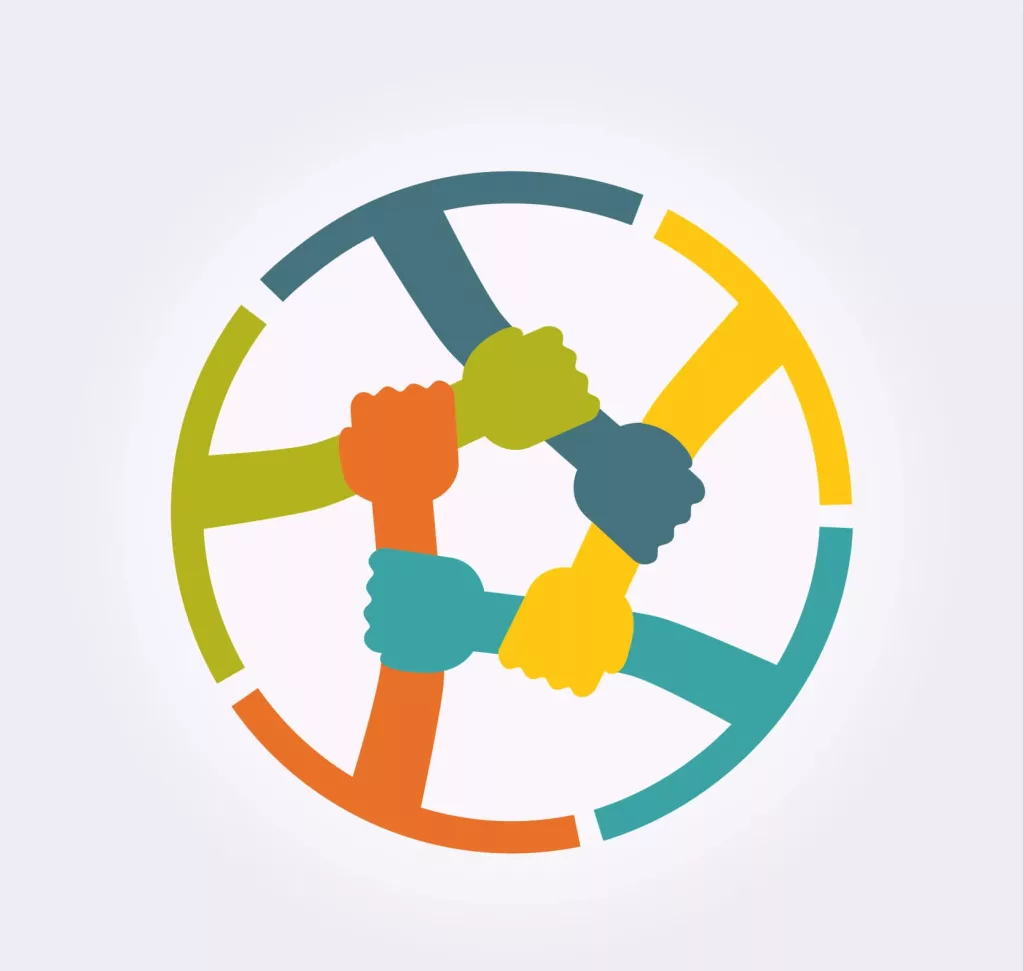

Model vulnerability as a leader by openly acknowledging your mistakes and uncertainties. Normalize saying “I don’t know” and share instances where you’ve learned from errors. Transparency about your journey of growth and learning encourages your team to embrace vulnerability, learn from mistakes, and view learning as an integral part of the job.
Create a zero-tolerance policy for bullying and harassment. When employees know that such behaviour won’t be tolerated, they’ll feel safer and more comfortable expressing themselves.
3. Embrace Diverse Perspectives
Value the uniqueness of each team member’s perspective. Create an environment where everyone’s opinions are sought, heard, and appreciated. Encourage genuine interest in others’ viewpoints without putting them on the spot. Express gratitude for sharing opinions and avoid defensiveness when responding to questions or feedback.
4. Communicate Transparently
Transparent communication is vital for building psychological safety. Maintain clear, concise, and consistent communication with your team members. Especially during periods of change, provide regular updates and offer avenues for seeking clarification. Consider having peer review sensitive communications to ensure clarity and effectiveness.
5. Cultivate a Culture of Appreciation
Foster psychological safety by establishing a culture of authentic appreciation. Encourage the practice of giving and receiving genuine feedback. Acknowledge team members’ efforts, be specific in your praise, and express gratitude for their contributions. Normalize the act of recognizing achievements to create a positive and motivating environment.
Publicly acknowledge and reward employees for their contributions. Recognizing individuals’ efforts demonstrates that their input is valued and encourages continued engagement.
6. Invest in Personal Connections and Team Work
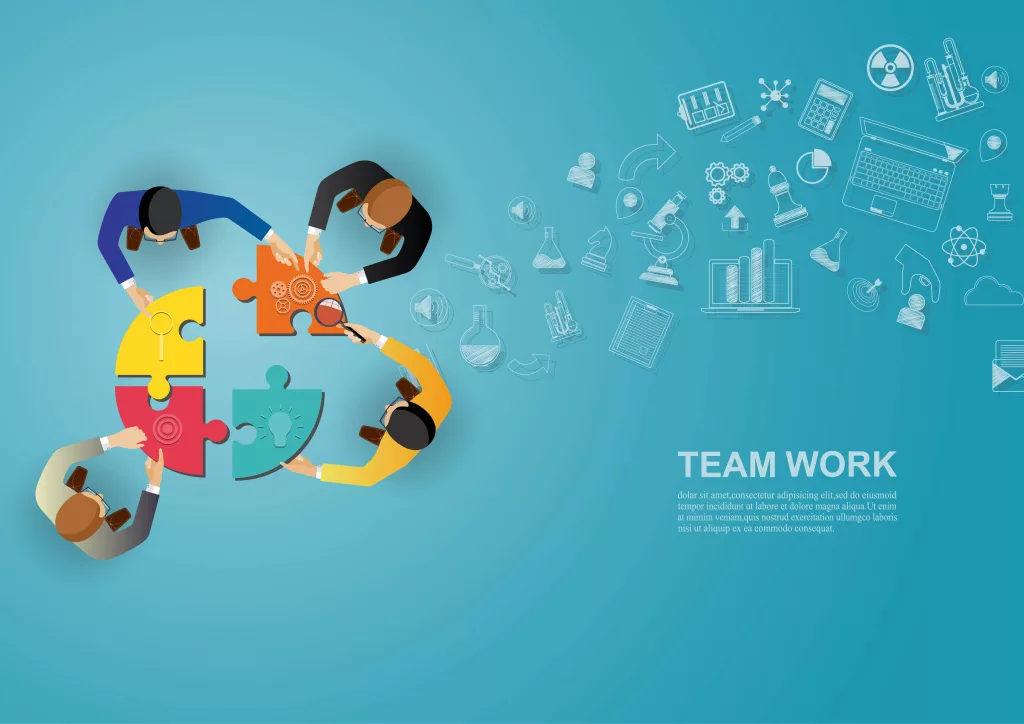

Take the initiative to connect with your team members on both professional and personal levels. Understand their aspirations, interests, hobbies, and family dynamics. Create opportunities for informal interactions, even in remote work scenarios. Ask your team how they would prefer to foster these connections and genuinely listen to their suggestions.
7. Encourage Open Communication and Lead by Example
Foster a culture where employees feel comfortable sharing their thoughts, ideas, and concerns. Encourage open discussions during team meetings and one-on-one conversations. Provide platforms for anonymous feedback to ensure that everyone’s voice is heard.
Managers and leaders should set the tone for psychological safety. Display vulnerability by admitting mistakes and seeking input from team members. When leaders show that it’s okay to make errors, employees will be more inclined to do the same.
8. Provide Constructive Feedback and Empower Emotional Intelligence
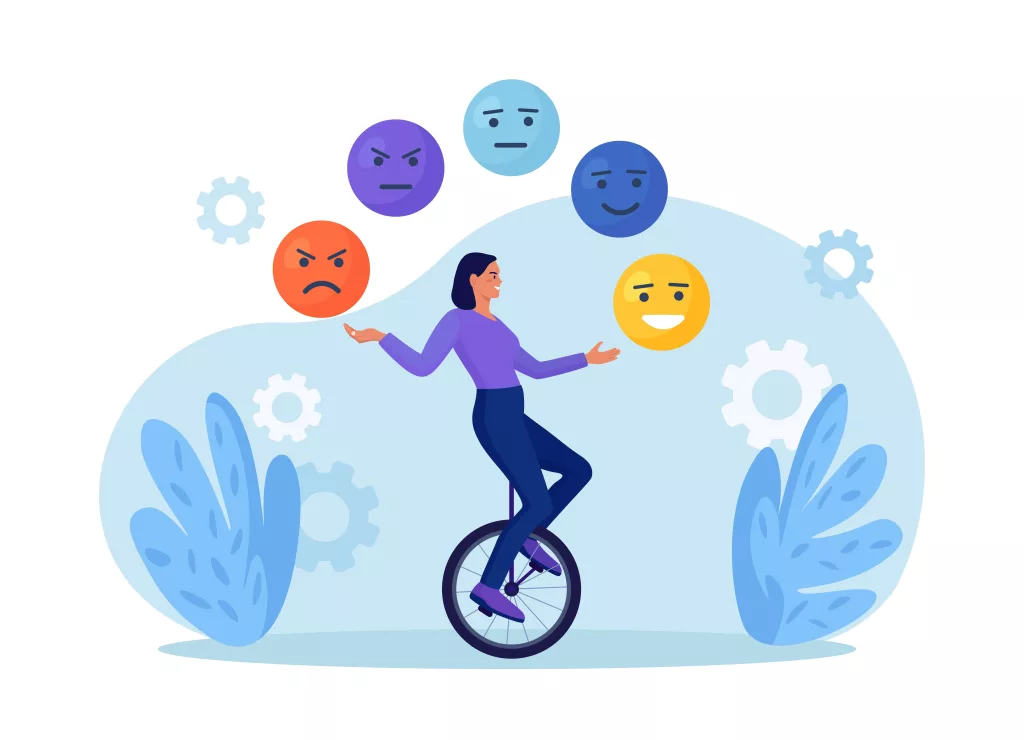

Offer feedback that is specific, actionable, and focused on growth. Constructive criticism should aim to help individuals improve rather than criticize. Frame feedback as an opportunity for development. Empower employees to make decisions within their roles. When individuals have a say in their work, they feel a sense of ownership and are more likely to share their perspectives openly.
9. Celebrate Diversity and Create a Safe Feedback Loop
Embrace diversity in all forms – including thoughts, ideas, and backgrounds. Encourage employees to share their unique perspectives, which can lead to more well-rounded solutions and creative outcomes. Establish a mechanism for employees to provide feedback on workplace practices. Act on this feedback to demonstrate that it’s taken seriously. When employees see change based on their input, they’re more likely to engage.
10. Encourage Risk-Taking and Offer Learning Opportunities
Promote calculated risk-taking and experimentation. When employees feel safe to try new approaches, they’re more likely to contribute innovative solutions and ideas that can drive the organization forward.
Provide opportunities for professional growth and development. When employees feel that the organization invests in their learning, they’re more likely to reciprocate by contributing their knowledge and skills.
Effective communication is a catalyst for improving psychological safety. By nurturing open dialogues, active listening, and a culture that values diverse perspectives, organizations create an environment where employees feel empowered, valued, and secure in expressing themselves.
Improving psychological safety at work is an ongoing effort that requires commitment and consistent action. By implementing these ten points, organizations can create an environment where employees thrive, collaboration flourishes, and innovation becomes second nature.
Real-Life Case Study


These real-life case studies portray that prioritizing psychological safety at work is not only the right thing to do but also a strategic move that enhances organizational performance.
By fostering an environment where every voice is heard, ideas are valued, and individuals are empowered. You can create a workplace that thrives on collaboration and innovation.
Remember, psychological safety is an ongoing journey that requires continuous effort, but the rewards are well worth it.
Case Study 1: Google’s Project Aristotle
Google’s Project Aristotle aimed to identify factors contributing to successful teams. Through extensive research, it became evident that psychological safety played a pivotal role. Teams where members felt safe to express their opinions, take risks, and admit mistakes exhibited higher levels of innovation and productivity. This case underscores how fostering psychological safety can lead to groundbreaking ideas and improved team dynamics.
Case Study 2: Etsy’s Cultural Transformation
Etsy, an online marketplace, embarked on a journey to prioritize employee well-being and psychological safety. By introducing programs that supported mental and emotional health, such as counselling services and mindfulness workshops.
Etsy witnessed a boost in job satisfaction, productivity, and employee retention. This case study showcases how creating a safe and inclusive environment contributes to both individual and organizational success.
Case Study 3: Toyota’s “Andon” System
Toyota’s manufacturing plants implemented the “Andon” system, which empowers employees to stop production whenever they identify a quality issue. This approach demonstrates a strong emphasis on psychological safety, as workers are encouraged to voice concerns without fear of reprisal.
The system’s success underscores how giving employees the authority to halt production contributes to improved quality and a culture of open communication.
Case Study 4: Edelman’s Trust Barometer
Edelman’s Trust Barometer, an annual global study, consistently highlights the link between trust, communication, and psychological safety. The study emphasizes that employees who feel their voices are heard and respected are more likely to trust their organizations. This case study underscores the profound impact of psychological safety on organizational trust and reputation.
Case Study 5: Pixar’s Creative Collaborations
Pixar, renowned for its animated films, places a strong emphasis on psychological safety to foster creative collaborations. The studio’s “Braintrust” meetings encourage open feedback and constructive criticism on projects in development.
By creating an environment where ideas can be freely discussed without fear of judgment. Pixar has cultivated a culture of innovation and artistic excellence.
These case studies collectively highlight the significant role psychological safety plays in shaping organizational culture, innovation, employee well-being, and success. They demonstrate that creating an environment where individuals feel safe to express themselves positively impacts teamwork, problem-solving, and overall organizational performance.
These key findings collectively emphasize that psychological safety is essential for nurturing a culture of trust, innovation, collaboration, and employee well-being.
Organizations that prioritize psychological safety create environments where individuals can express themselves, contribute effectively, and drive positive outcomes.
Conclusion
As a leader, your role in fostering psychological safety is pivotal. By setting clear norms, being vulnerable, valuing diverse perspectives, communicating transparently, appreciating efforts, and building personal connections.
You create an environment where your team feels safe, valued, and empowered. These steps not only boost individual and team performance but also contribute to a thriving and innovative work culture.
Prioritizing psychological safety at work is not only the right thing to do but also a strategic move that enhances organizational performance. By fostering an environment where every voice is heard, ideas are valued, and individuals are empowered.
You can create a workplace that thrives on collaboration and innovation. Remember, psychological safety is an ongoing journey that requires continuous effort, but the rewards are well worth it.


